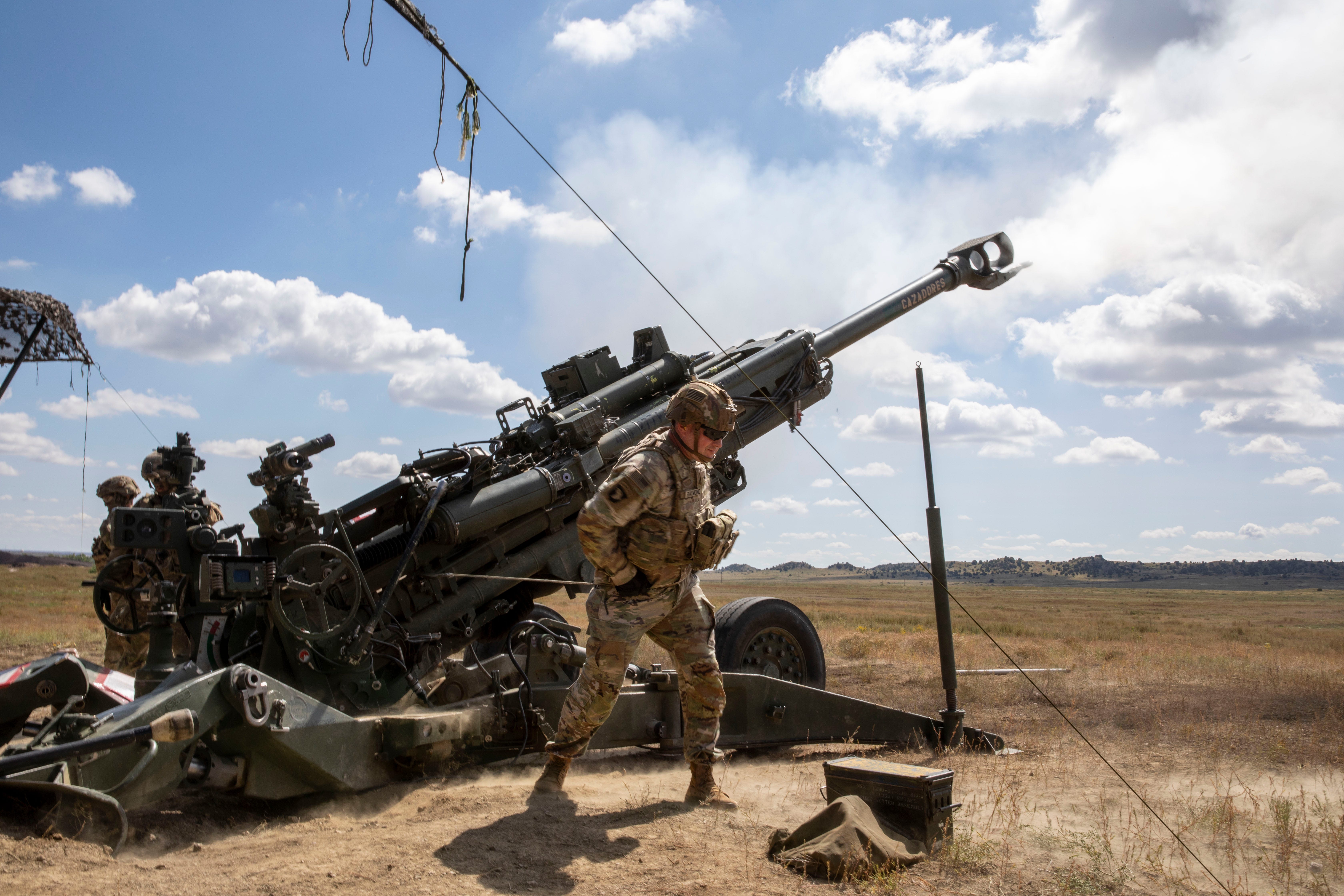
US Army photo by Pfc. Aysia Hightree
- The US Army is trying a new, quicker, more iterative approach to weapons and systems development.
- Its new command and control platform, NGC2, is a prime example of the service’s efforts.
- Concerns remain about oversight in the development process.
Warfare is changing fast, and the US Army is scrambling to keep up. Its new approach to weapons development aims to move quickly, find flaws early, and fix them before they turn into tougher and far more expensive problems down the line.
To avoid getting bogged down by slow, bloated weapons programs, the US Army is trying to reinvent how it develops new tech and modernizes for future fights. The service is shooting for accelerated, cheaper, and more Silicon Valley-like operations, with an emphasis on trial and error.
It’s all about moving rapidly and breaking things, a “fail fast” approach. Whether the gamble pays off may determine how prepared the US is for its next war.
“There’s a risk in the old way we did things,” Joe Welch, an Army executive overseeing a new command and control project that’s not only a top priority but also front and center in the service’s new approach, told Business Insider, and there are also risks in trying something new. “There is no ‘no risk’ option here.”
Next-generation command and control
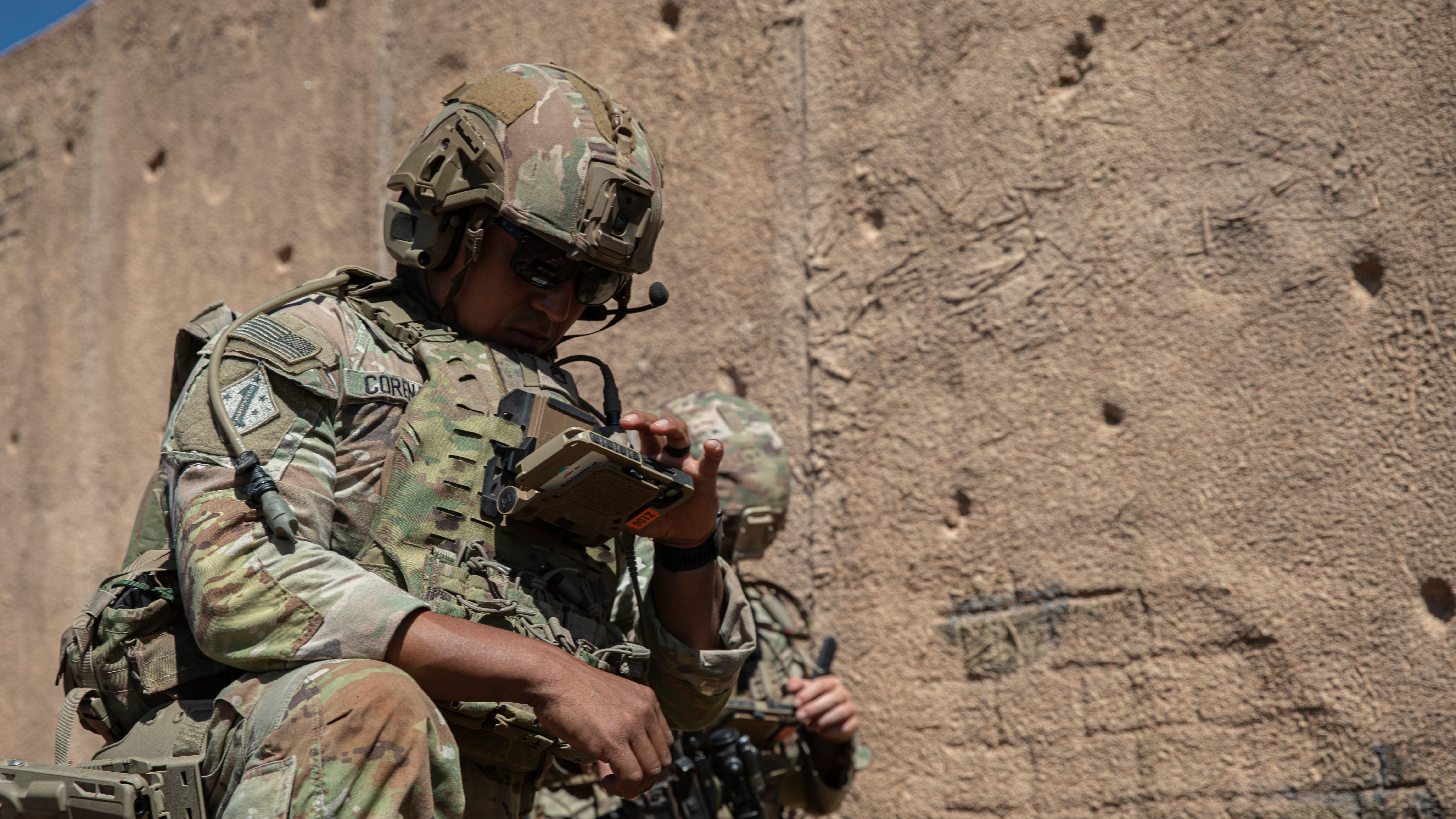
US Army photo by Sgt. William Rogers
Recent reporting on a leaked memo concerning vulnerabilities in the Army’s priority Next Generation Command and Control platform, or NGC2, has sparked new discussions on Army warfighting technology development processes.
NGC2 is a completely new system for getting commanders the information and data they need to plan battlefield operations, as well as info on how they can employ weapons and systems.
Army officials said NGC2 out-performs the systems that troops have long relied on. During one exercise, soldiers were able to get a digital firing system for an M777 Howitzer up and running as soon as the gun was in place. Before, it might have taken over an hour.
Largely, Army leadership is moving toward a different approach: looking for commercially available products from industry partners, lessening the requirements needed and instead focusing on the problems it needs new programs to solve, and then working iteratively on the technology to make sure it’s got the capabilities the service wants and needs.
This past July, Anduril and a team of vendors that included Palantir won the nearly $100 million contract for NGC2 following 18 months of competition among potential contractors. Work began on building a prototype with the Army’s 4th Infantry Division at Fort Carson in Colorado. Events under the Ivy Spring series have focused on testing and tweaking NGC2 with the 4th ID.
A leaked memo from September revealed critical cybersecurity flaws in the system, including vulnerabilities that could have allowed outside access to command networks.
Gabe Chiulli, the Army’s primary authorizing official for cloud technology, told Business Insider in an emailed statement that the memo “was a month roll-up of risks communicated to the vendors and information system security managers.” It was aimed at “preventing additional months of work using legacy approaches.”
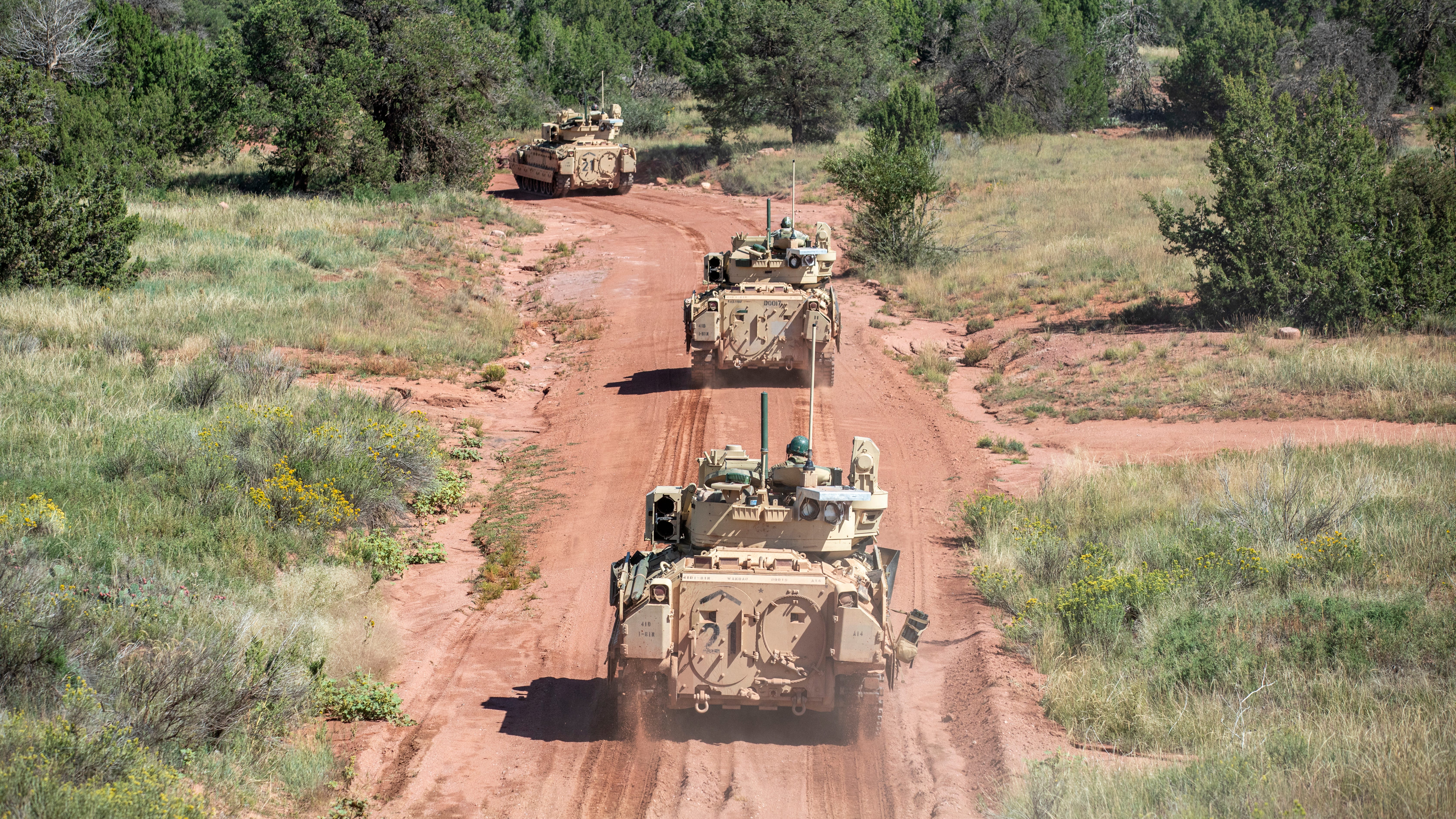
US Army photo by Sgt. William Rogers
Chiulli noted that the cybersecurity review of NGC2 started August 4 “and effectively addressed any risks necessary to execute the Ivy Sting demonstration on time.”
The memo, nonetheless, underscored the risk of rushing on systems development, especially for something as critical as command and control. The memo flagged what appeared to be a “rush to get capabilities into the system without actual oversight or process to do it.” When these issues were identified, though, the tech wasn’t operational. It was still in testing.
“That’s a world of difference in terms of potential risk versus realized risk,” Welch said. On the software side of things, most cybersecurity issues with NGC2 were addressed within 72 hours of being identified.
Earlier this month, Anduril’s Vice President of Communications Shannon Prior said that NGC2 was “progressing through the normal process of iterative development,” with risks found and addressed before ever fielding the system.
Army officials say issues emerge throughout the development of new software-heavy systems like NGC2 but are swiftly handled as they arise. The service describes this as part of an iterative design approach that, in theory, allows for quicker fixes and a more flexible design process. It can be a little messier, a bit more trial and error, but the goal is to be able to get weapons ready and fielded faster.
The broader commercial-first aspect comes with some benefits, but the Army doesn’t see every program falling into this kind of development structure.
The Army is now past the experimentation phase with NGC2 and working on prototyping. Work continues on how soldiers can use the system to detect and prioritize targets, collect data on fuel, ammo, and critical supplies, and more.
A new way of doing things
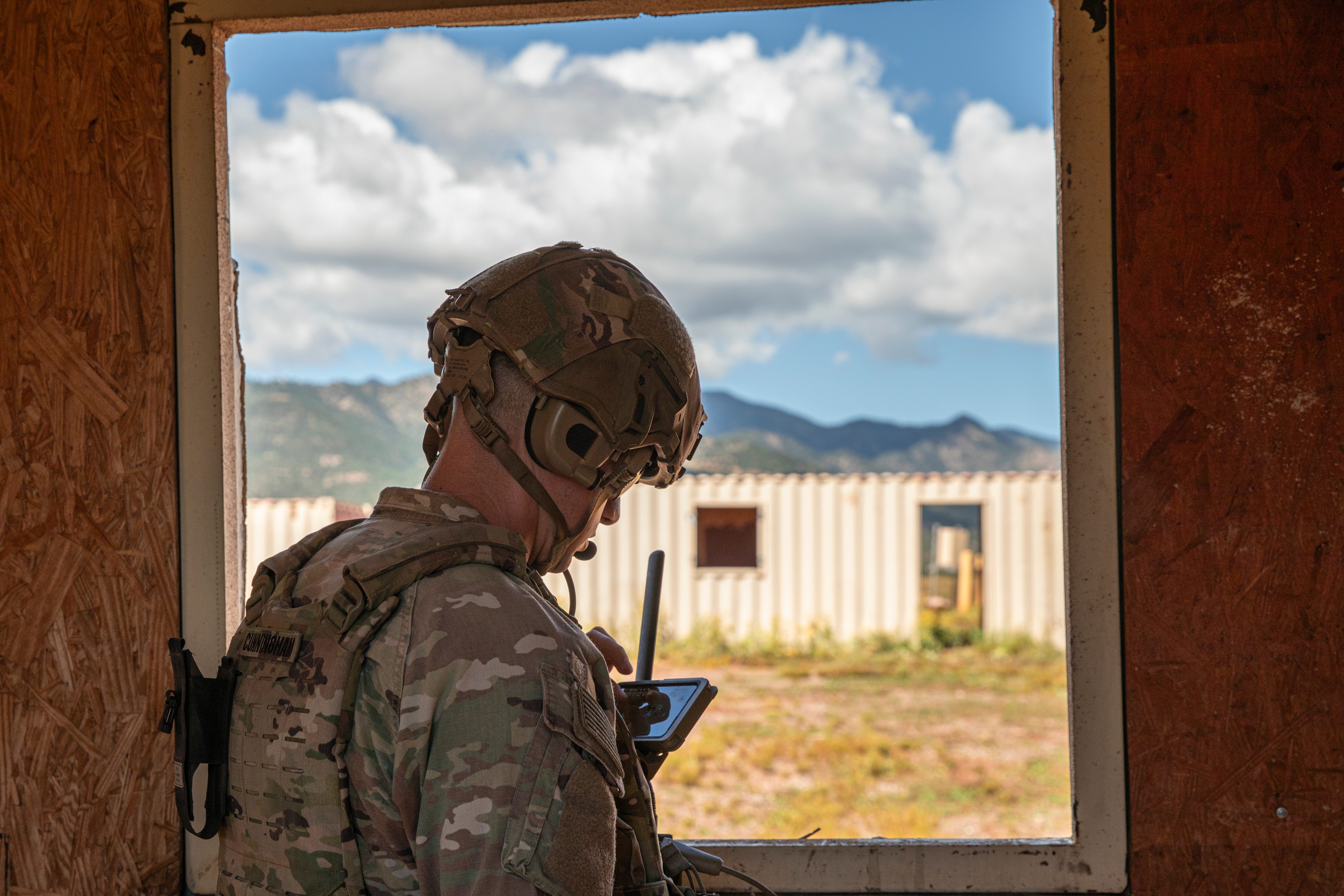
US Army photo by Sgt. William Rogers
When the contract for NGC2 was announced in July, Gen. James Rainey, then commander of Army Futures Command, called it “a blueprint for how we’ll deliver future Army systems” that represents a “fundamentally different relationship with industry.”
Industry partners like Anduril and Palantir have said that the approach promotes more adoption of commercial capabilities that already exist. They may need tweaking for specific uses, but they already meet most requirements the Army wants.
Prototypes are put through combat training center rotations, and soldier input goes to industry. The Army is applying that to drones and uncrewed systems, electronic warfare, counter-drone technologies, and other systems needed for future fights.
“It’s this really fast, iterative approach to how we rethink our delivery model across the board,” Army Chief Information Officer Leonel Garciga said.
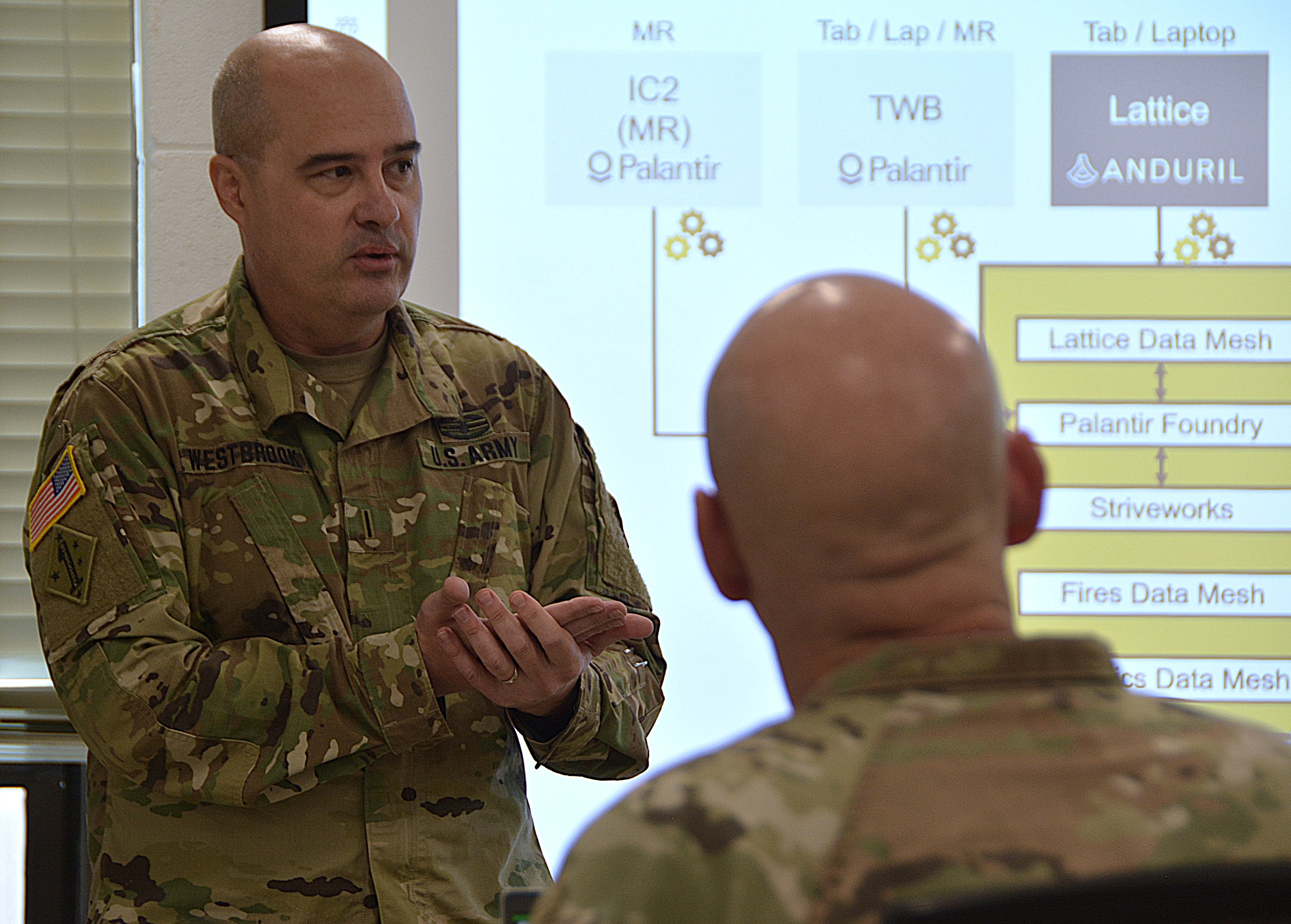
Laura Levering/US Army Signal School
Speed comes with obvious benefits, Army officials said, primarily in preventing long delays from rendering new technology obsolete before it ever gets to the soldier. But moving too quickly also carries risks as well, with the potential that insufficiently vetted equipment or systems make it into the hands of the soldier.
The “fail fast” approach is really only as good as the oversight built in to catch bad ideas early and address problems that pop up. Within the Pentagon, decreased funding for some traditional oversight programs, like the weapons testing office, in order to accelerate development has already raised concerns.
Garciga told Business Insider that prior to the Army’s weapons development changes, a system could’ve gone into production before critical problems were noticed. Many Army programs have long had lengthy development phases with testing near the end often revealing problems that were expensive and disruptive to fix. Continuous testing with regular feedback and smaller updates and fixes is meant to prevent that kind of outcome.
“It’s a vast departure from how we’ve been operating for a long time,” he said more broadly of the Army’s current approach to systems development, “and it shows that between our team and our industry partners, we can move together at speed and scale not just in this program but across the swath of a lot of capabilities.”
Read the original article on Business Insider
The post The Army’s putting move fast, fail fast, fix fast to the test with its new command and control system appeared first on Business Insider.




